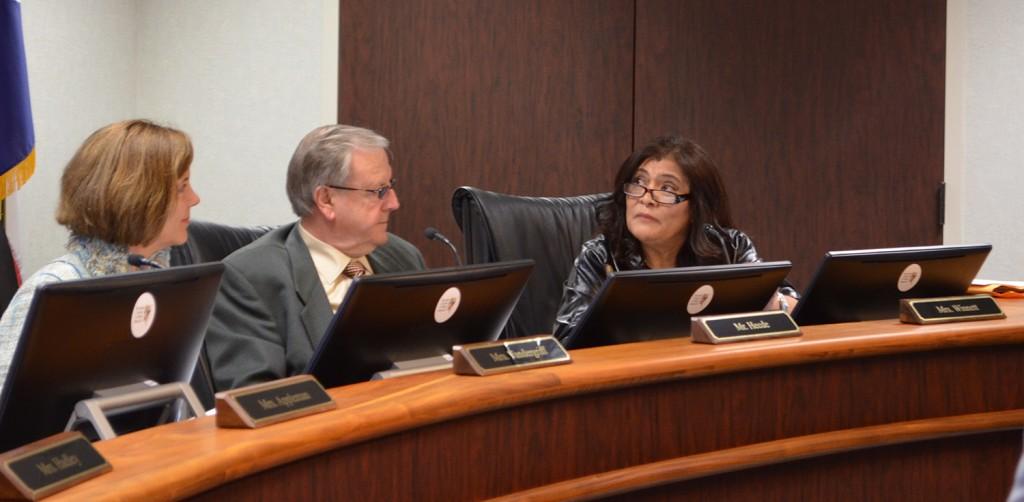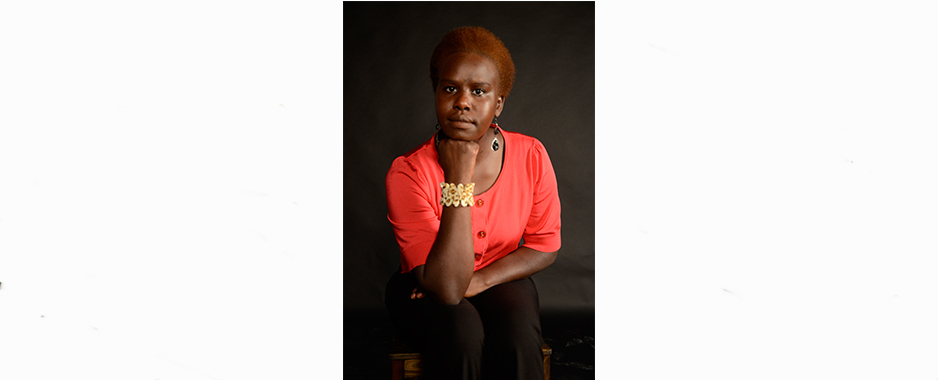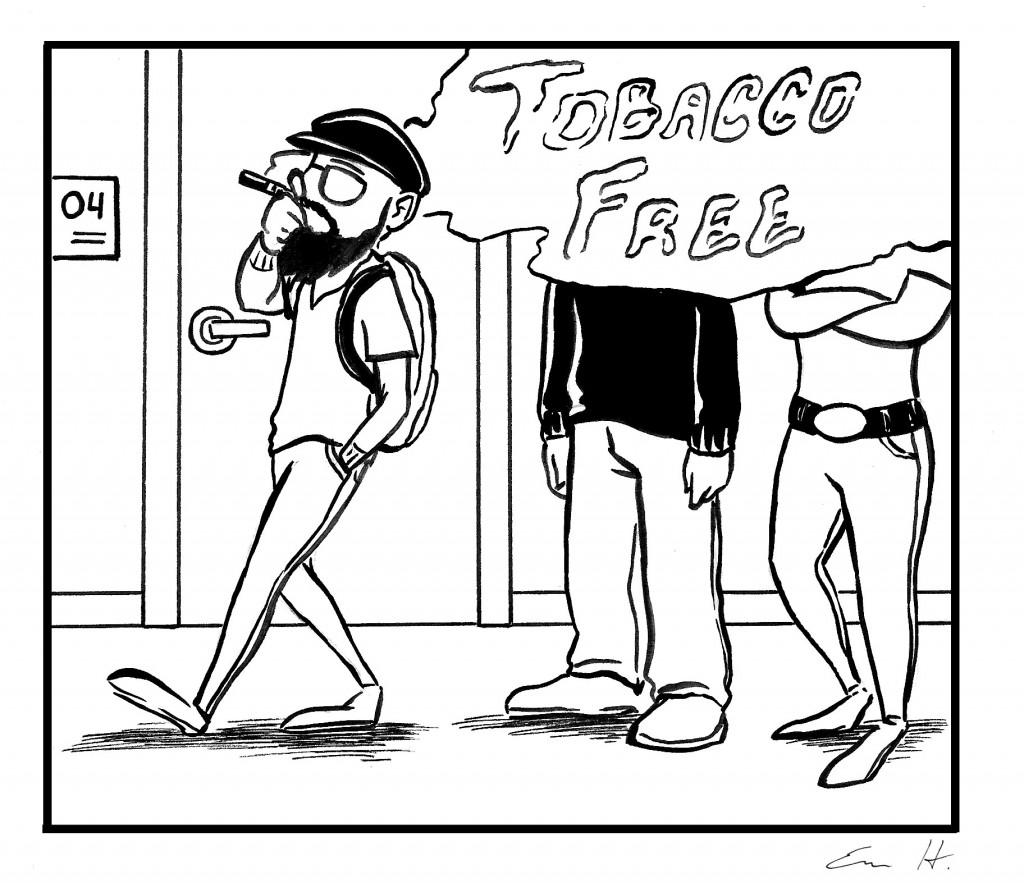By Jamil Oakford/reporter
For college students, stress to meet deadlines and perform well academically and pressures to figure out the rest of one’s life are just part of the daily grind.
But sometimes, a person stressed and worried enough by all kinds of risk factors could make a decision that can’t be taken back.
On SE Campus April 17, counselor Michele Faith spoke of the silent epidemic that’s sweeping through the nation: youth suicide.
Quite a few students came in for the talk, some eager to hear more on the topic.
“I came to her last presentation in October,” said Jessica Caudle, SE student and organizer of the April 19 Out of the Darkness suicide prevention walk happening on SE Campus. “Her presentation was the first time I heard it discussed.”
But first, Faith talked about the services the counseling and advisement center on campus provided for students.
“A lot of students don’t come to counseling because they’re afraid someone will find out,” Faith said.
As she went through a couple of slides, it became apparent that not only were there many reasons that people would refuse to go to counseling when they need it most, but suicide touches all walks of life.
The list included a Penn State who was hazed, Tyler Clementi of Rutgers University and San Diego Chargers safety Paul Oliver.
This list was followed by a few slides filled with statistics.
“The CDC [Centers for Disease Control and Prevention] has reported it’s the third-leading cause of death for kids between the ages of not only 10 and 14, but also 15 to 24 — second-leading cause for the 25 to 34 age group,” she said.
And the region with the highest suicide rate went to the cluster of western states between California and the central valley (i.e. Wyoming, Montana, Utah) with 17.9 percent, Faith said.
“Neighbors are miles away from you, and there is easy access to firearms,” she said.
This led to the next big statistic in suicide: Firearms are the leading method in completing suicides, Faith said.
“Over half are used with firearms,” she said.
Faith then went on to break it down by racial demographics. Students learned that white male rates have tripled. Between 1981 and 1994, the rate for African-Americans committing suicide has gone up 78 percent.
“Native Americans/Alaskan Inuits, it is the second-leading cause for ages 10-34, suffocation, like hanging, being the leading cause.”
Faith then talked about myths and risk factors. For example, there’s a myth that if a note isn’t found, it’s not a suicide.
“Only one in four to five people actually leave a note,” she said.
She also dispelled the myth of talking to suicidal people about suicide will push them. People who are considering that route will talk about it.
Delving deeper, she also listed risk factors that include bullying, depression, alcohol, abuse, family history — just to list a few.
But the point Faith was trying to drill home for students was very clear.
“Don’t keep it a secret,” she said. “If you know someone needs that help, there are people everywhere. Reach out.”



























